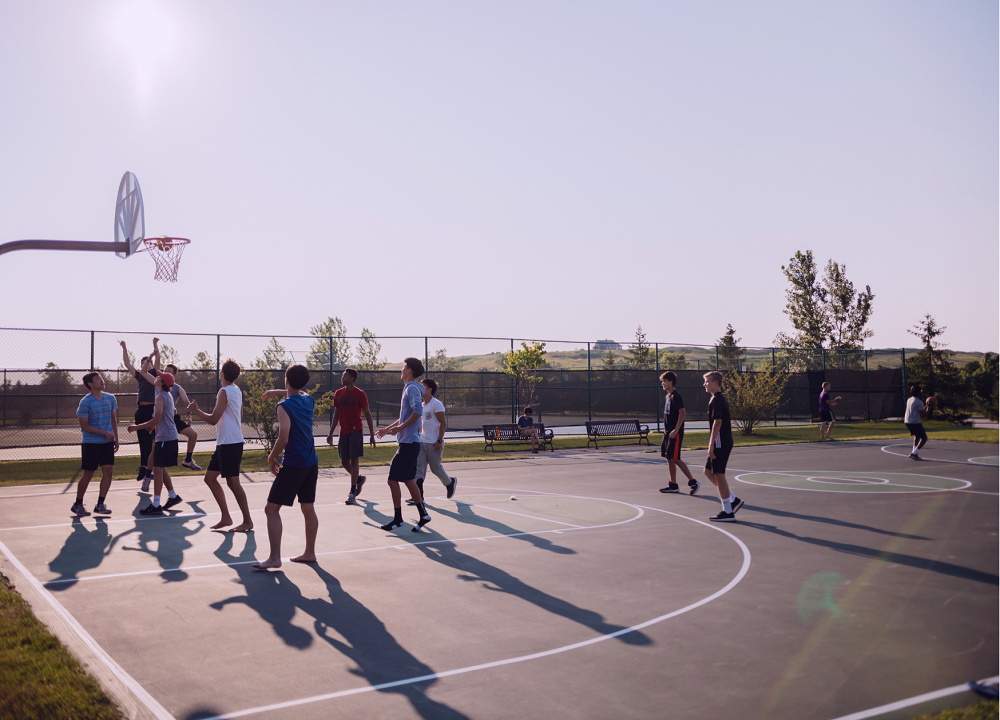
New paper: Do psychological predictors of active behaviour also predict sedentary behaviour and vice versa?
A new paper is in press!
Much of our behavioural research only studies one behaviour and its predictors at a time and disregards the fact that different behaviours often ”compete for our time” and therefore are interrelated. As one example, physical activity and sedentary screen time are largely mutually exclusive classes of behaviours and might therefore be related in terms of their psychological predictors, such as normative beliefs and automatic habits.
Altogether 411 adolescents self-reported variables from the Reasoned Action Approach and behavioural automaticity related to physical activity and leisure time screen time behaviours as well as those behaviours. Structural equation modelling revealed expected within-behaviour predictions but, against expectations, no strong connections between the two behaviour classes in terms of their predictors. Only intentions to engage in physical activity negatively predicted screen time.
Future research should aim to measure a wider range of mutually exclusive classes of behaviours that cover a large share of the day to uncover relations between behaviours and their respective predictors.
Reference: Aulbach, M. B., Konttinen, H., Gardner, B., Kujala, E., Araujo-Soares, V., Sniehotta, F. F., Lintunen, T., Haukkala, A., & Hankonen, N. (2021). A dual process model to predict adolescents’ screen time and physical activity. Psychology & Health. https://doi.org/10.1080/08870446.2021.1988598
You can read the full paper here.
Author

